Much to my brother-in-law’s disappointment, I still haven’t seen Succession. This aside, I recently heard and instantly loved the line: ‘Everything everywhere is always moving, forever.’ It feels particularly apt for us all right now.
In fact, for the last four years, it’s felt like the world has been in a mad whirl of relentless bad news, which shows no sign of slowing. However, if we can zoom out from this negative focus, we can face a refreshing truth: we’re encountering amazingly successful businesses every day.
For us at Hive, there’s still a lot of good news in dentistry. There’s no denying that times are challenging, and at a corporate level, there’s certainly trouble in paradise. But many of the independent clients coming to us – both practice owners and associates – are doing very well, proving that it’s still possible to spearhead a profitable, in-demand practice. And what we’ve noticed is that these high-performing clients all have certain key ingredients that aid their success.
1) Coordinated sales, marketing and brand strategy
It used to be enough for a practice to simply invest in marketing. Now, times have moved on and the really successful clients are those who have a cohesive and focused sales, marketing and brand strategy. This means that any data they have makes sense and they’re able to see why things are happening.
With this in mind, we recommend that monthly sales meetings begin by re-focusing on why you’re there (your business purpose), how you’re achieving that purpose (your strategic objectives) and what you’re doing to achieve it (the tactics you’re employing, such as investing in SEO, social media, mail drops, and so on). There’s a clear trend of practices having these far more impactful, purpose-driven meetings and getting far better outcomes.
2) A high-performing clinical team with commercial awareness and a good relationship with the business
The best practices we work with hold clinical meetings with a commercial angle; looking at things such as the cost to open the surgery, average daily yield, and even (to a lesser extent) expenditure on materials. Historically, it’s been a problem that associates might look at the money they’re not being paid – the 50-60% taken by the practice – and imagine it going straight into the principal’s pocket. With costs ever-increasing, we know that this can’t be true, but the vital thing is to create a relationship in which you can have honest, open, and productive conversations around money.
This might mean that an associate agrees to take a 40% percentage to increase the practice’s overall earnings (thus bagging themselves 40% of a larger sum). Alternatively, it might be that their percentage remains at 50% but they opt to contribute to the practice’s marketing budget, investing more in acquiring new, high-value patients. Some of the highest performing associates I know are on the tightest deals because they’re able to work in a healthy partnership with their principal. This can be a win-win situation, but it’s the principal’s job to help associates become better partners.
3) Tight financial control
If you’re already a Hive client, you’ll know that we place a lot of emphasis on having real-time numbers to work with. This is because our best-performing practices are those who keep their books up to date in Xero. Doing so goes far beyond good housekeeping – having data to hand means that we’re able to have productive discussions around where things are going and can easily spot if there are any issues.
On top of this, if your numbers are current, our accountancy team is better able to find fresh ways of saving you tax. They can then also help with how you approach future plans, advising on the most efficient ways to make changes to your business.
4) Strategic rocks
In his book Traction, Gino Wickman talks about establishing your “rocks”: the specific strategic initiatives that will advance you the most. These are what we often classify as the “non-urgent but important” tasks. Often, too many of us will become distracted and fill our days with urgent but unimportant jobs. These are what Wickman (referencing Stephen Covey) describes as water and sand. But, he says, if you need to fit water, sand and rocks into your day, you should always begin with rocks – when water and sand go in first, they invariably leave no room for anything else.
We’ve witnessed first-hand that when people commit to making changes and begin prioritising non-urgent tasks, they begin to see great outcomes. With so many things demanding your attention, this isn’t always easy. However, breaking inertia and swimming against the tide can yield impressive results. If you’d like to put it into practice, we recommend beginning at board level (encouraging these people to find their specific strategic rocks) before slowly rolling it out across the wider team.
Find your focus
These four commonalities show that in a world where everything is moving, it’s best to focus on the things you can control. The associates and businesses joining us every day are proof that if you do the right things, you will be ok. In some cases, it may be easier said than done (even defining your purpose can be trickier than it seems), but if you can begin implementing change, your practice will thank you for it.
If you’d like to have an initial conversation about your situation and how we can help, contact our team.








